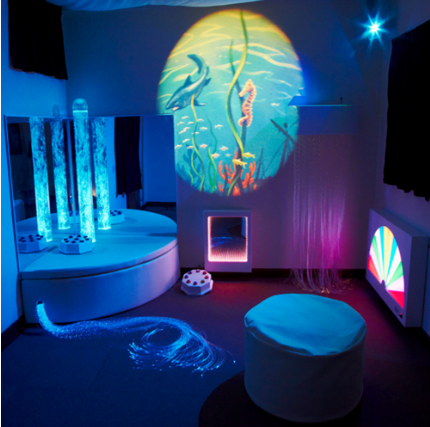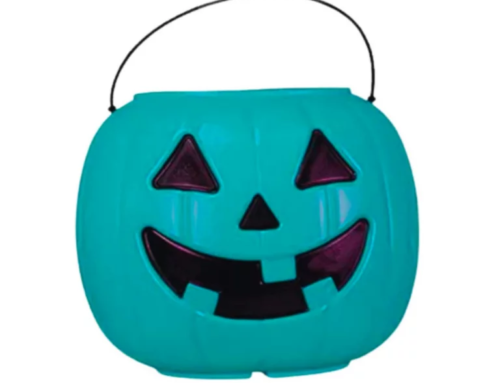Building a Sensory Room for a Child with Autism: A Guide to Creating a Calming Space
A sensory room is a dedicated space designed to provide comfort and stimulation for individuals with autism. It offers a controlled environment where sensory experiences can be tailored to meet a child’s unique needs. Creating a sensory room can be a transformative experience for both the child and their family, providing a safe haven for relaxation and sensory exploration. In this blog, we’ll explore the steps involved in building a sensory room for a child with autism.
 1. Understanding the Purpose
1. Understanding the Purpose
Before you begin creating a sensory room, it’s crucial to understand its purpose. Sensory rooms are designed to help individuals with autism regulate their sensory experiences. For some, it can be a place to calm overstimulation, while for others, it can offer sensory input to address sensory-seeking behaviors.
2. Choosing the Right Space
Selecting the right space is the first step in building a sensory room. Ideally, it should be a quiet, private area within your home or facility. A spare bedroom, a converted closet, or a corner of a classroom can work well. Ensure the space is safe and easily accessible.
3. Sensory Room Essentials
Here are some key elements to consider when setting up your sensory room:
A. Sensory Lighting: Soft, adjustable lighting can set the mood in the room. You can use color-changing LED lights, lava lamps, or fiber optic lights to create a calming ambiance.
B. Comfortable Seating: Provide cozy seating options like bean bags, floor cushions, or a comfortable chair where the child can relax.
C. Sensory Wall Decor: Hang sensory-friendly wall art, such as textured panels, mirrors, and interactive sensory boards, to engage and stimulate the child’s senses.
D. Sound and Music: Choose soothing music or nature sounds to play in the background. You can also incorporate noise-canceling headphones for when the child prefers silence.
E. Textures and Fabrics: Use soft blankets, plush rugs, and textured fabrics to create a tactile experience. Some children may benefit from weighted blankets for added comfort.
F. Sensory Toys and Tools: Include a variety of sensory toys, fidget spinners, stress balls, and other tactile items that cater to the child’s sensory preferences.
G. Calming Scents: Essential oil diffusers or scented sachets can introduce calming scents like lavender or chamomile.
4. Personalization
Remember that every child with autism is unique, so it’s essential to personalize the sensory room to their specific preferences and sensitivities. Some children may prefer deep pressure input, while others may enjoy vestibular stimulation. Pay attention to what calms and engages the child the most.
5. Safety Considerations
Safety is paramount in a sensory room. Ensure that all furniture and equipment are securely anchored and free from sharp edges. Remove any choking hazards, and make sure electrical cords are safely tucked away.
6. Gradual Introduction
Introducing the sensory room should be a gradual process. Initially, spend short periods of time in the room with your child, letting them explore and acclimate to the environment at their own pace. Over time, you can extend the duration of their sensory room sessions.
7. Seek Professional Guidance
If you’re uncertain about creating a sensory room or need guidance on specific sensory interventions, consider consulting with a therapist or occupational therapist who specializes in autism. They can offer valuable insights and recommendations tailored to your child’s needs.
Building a sensory room for a child with autism can be a rewarding and beneficial endeavor. It provides a dedicated space where the child can find comfort, engage with their senses, and regulate their sensory experiences. Remember that the sensory room should evolve with the child’s changing needs, and always prioritize their comfort, safety, and individual preferences in the process.





